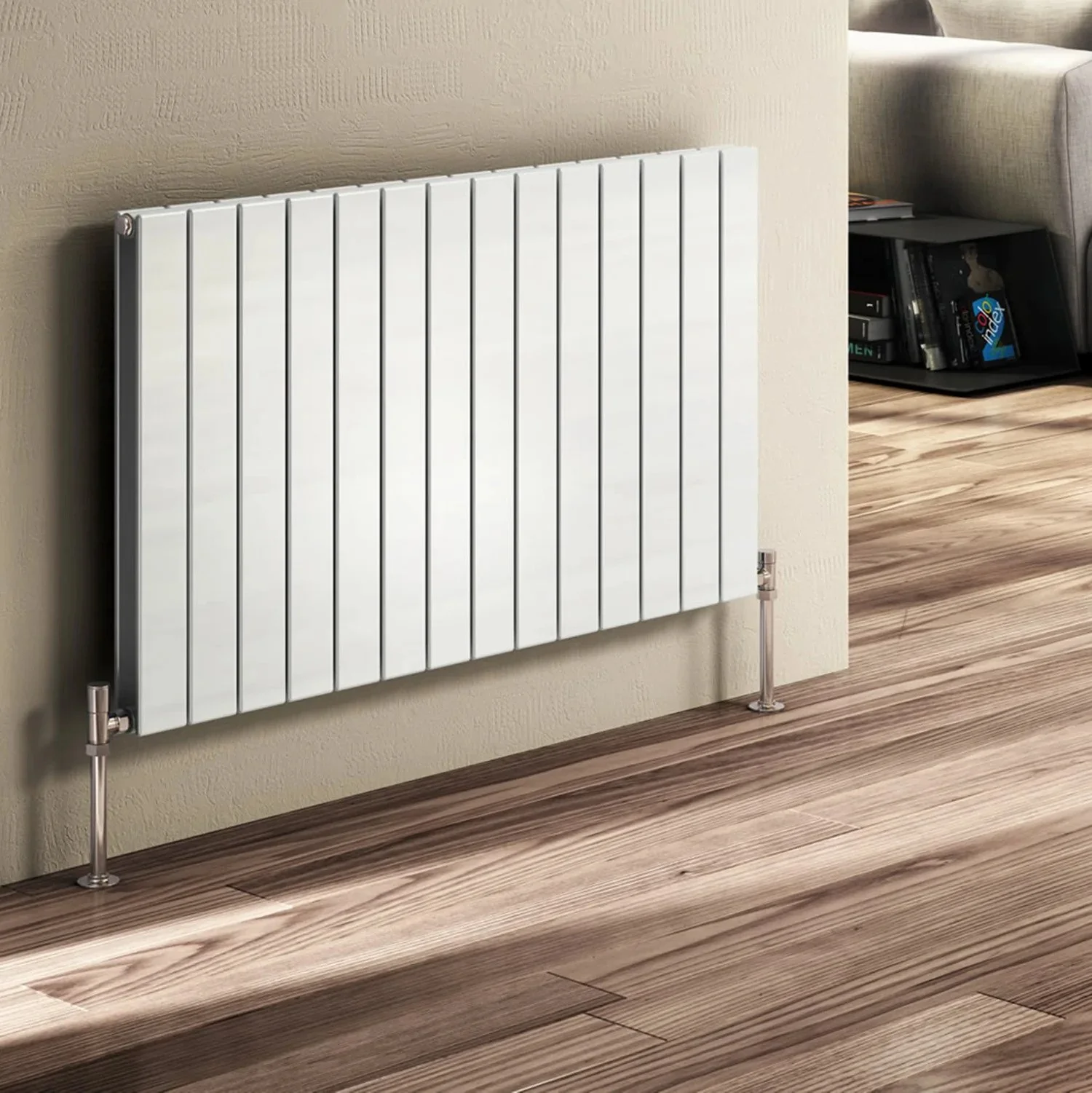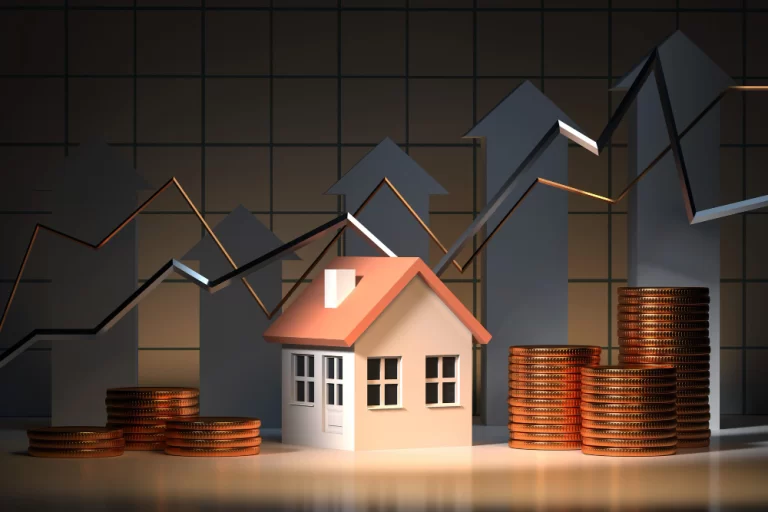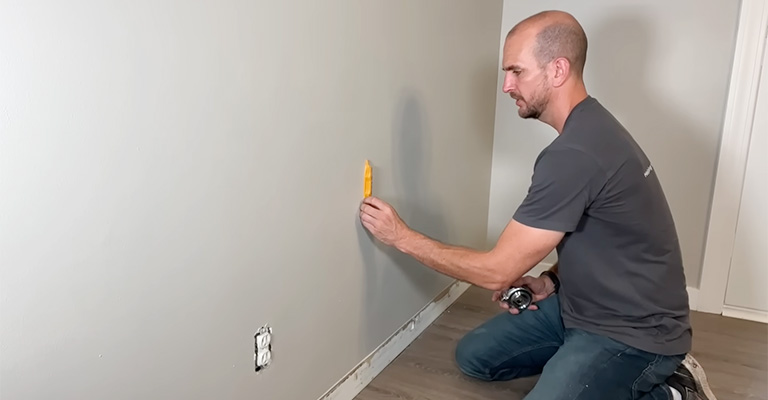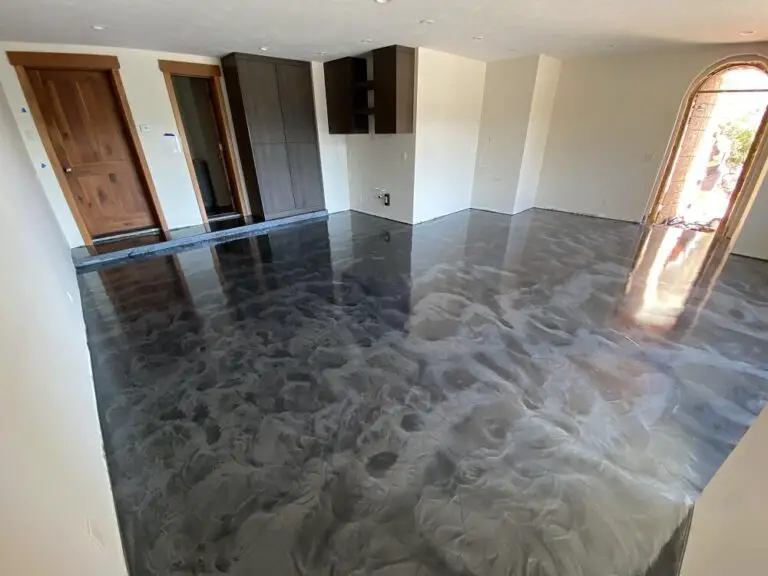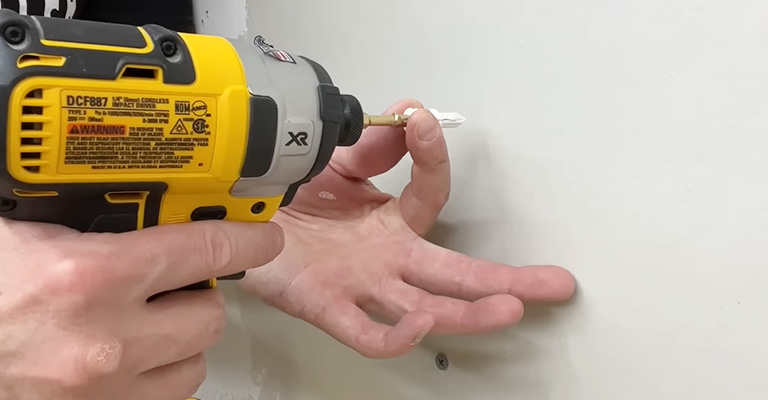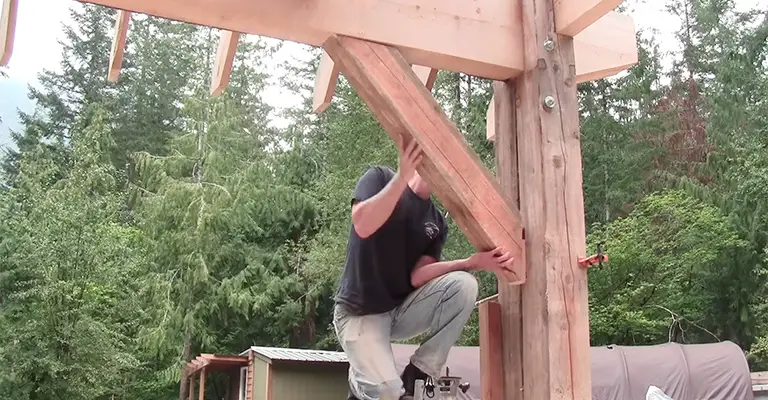A Comprehensive Guide to Keeping Your Gas Central Heating System Running Efficiently
The efficient operation of a gas central heating system is crucial for maintaining a comfortable and energy-efficient home. A well-maintained system can save you money on energy bills and reduce your carbon footprint. In this article, we will discuss various tips and strategies to ensure the optimal performance and efficiency of your gas central heating system.
The Gas Central Heating System
Before we get started on maintenance needs, it’s important to understand how your heating works. A gas central heating system works by utilizing natural gas as its primary fuel source to provide heat for a building or a home. The system consists of several key components that work together to distribute heat throughout the space. Here’s a breakdown of how a typical gas central heating system operates:
Boiler
The boiler is the heart of the system. It burns natural gas to produce heat. Inside the boiler, there is a burner that ignites the gas, creating a flame. The heat from the flame is transferred to the water or a mixture of water and antifreeze, known as the central heating system’s “primary loop.”
Heat Exchanger
The heat exchanger is a critical component of the boiler. It is responsible for transferring the heat generated by the burner to the water circulating through the system. The heat exchanger consists of a series of metal tubes or coils that allow the hot gases produced by the burner to pass through and transfer their heat to the water.
Circulating Pump
The circulating pump is responsible for moving the heated water from the boiler to the radiators or underfloor heating system. It ensures that there is a continuous flow of hot water throughout the system. The pump is typically controlled by a thermostat or a control panel that detects the temperature and adjusts the pump speed accordingly.
Radiators or Underfloor Heating
Radiators or underfloor heating systems are used to distribute heat from the circulating hot water to the different rooms or areas of the building. Radiators are positioned in each room and connected to the central heating system via pipes. The hot water from the boiler flows through the radiators, transferring heat to the surrounding air and warming the room. There is now a huge range of radiators available, from the traditional column style to designer radiators, so no matter your style preferences, there’s a model that will fit in with your home’s decor.
Thermostat and Controls
The thermostat is the main control device for the heating system. It monitors the temperature in the building and sends signals to the boiler and circulating pump to adjust their operation. When the temperature falls below the desired level, the thermostat signals the boiler to start producing heat and the pump to circulate hot water. Once the desired temperature is reached, the thermostat signals the system to shut off or reduce its operation.
Expansion Vessel
The expansion vessel is a safety device that helps accommodate the expansion and contraction of water within the central heating system. As water heats up, it expands, and the expansion vessel absorbs the increased volume, preventing excessive pressure build-up.
Flue and Ventilation
The flue is a pipe connected to the boiler that safely exhausts the combustion gases produced during the burning of natural gas. It ensures that harmful gases, such as carbon monoxide, are safely vented outside the building. Proper ventilation is crucial to maintain a healthy and safe environment, and it is essential to follow local building codes and regulations regarding flue and ventilation requirements.
How To Keep Your Heating System Running Efficiently
So, here are those key tips to keeping everything running smoothly and efficiently.
1. Regular Maintenance
Regular maintenance is essential to keep your heating system running efficiently. Consider scheduling an annual service with a qualified heating engineer. During the service, the engineer will inspect and clean the system, ensuring that it operates at its best. They will also check for any potential issues or signs of wear and tear that may affect efficiency.
2. Bleed Radiators
Air can accumulate in your central heating system, leading to cold spots on your radiators and reducing their effectiveness. To address this, bleed your radiators regularly. Start by turning off the heating system and allowing it to cool. Then, using a radiator key or a flat-blade screwdriver, open the bleed valve at the top of each radiator. Once you hear a hissing sound indicating the release of air, close the valve. This simple process will ensure efficient heat distribution throughout your home.
3. Optimize Boiler Settings
To maximize efficiency, set your boiler’s thermostat to the lowest comfortable temperature. Lowering the temperature by just a degree or two can result in significant energy savings. Additionally, use the timer function to control the heating schedule according to your needs. For instance, you can set the system to turn on shortly before you wake up or return home, and turn off when you don’t need heating.
4. Insulate Pipes and Tanks
Insulating your central heating pipes and tanks is an effective way to reduce heat loss. By preventing heat from escaping, you can minimize energy wastage and improve the overall efficiency of the system. Insulation materials, such as foam tubes or insulation blankets, are readily available and relatively easy to install.
5. Balance the System
Balancing the central heating system ensures that each radiator receives the right amount of hot water, optimizing heat distribution throughout your home. To balance the system, adjust the lockshield valves on each radiator. Start with the radiator closest to the boiler and gradually work your way to the farthest radiator, ensuring an equal flow to each one. This process may require some trial and error, but it significantly enhances the system’s efficiency.
6. Use Thermostatic Radiator Valves (TRVs)
Thermostatic Radiator Valves allow you to control the temperature of individual radiators, room by room. They automatically adjust the water flow based on the desired temperature, helping to maintain comfort while minimizing energy consumption. Install TRVs on each radiator and set them to an appropriate level for each room.
7. Regularly Check and Insulate Windows and Doors
Poorly sealed windows and doors can let cold air in and allow warm air to escape, forcing your heating system to work harder to maintain a comfortable temperature. Regularly inspect windows and doors for gaps or leaks and seal them accordingly. Weatherstripping, caulking, or using draft excluders can make a significant difference in minimizing heat loss.
8. Upgrade to a Smart Thermostat
Consider upgrading to a smart thermostat that allows you to control your heating remotely and provides advanced programming features. Smart thermostats learn your heating patterns, adjust the temperature based on your preferences, and optimize energy usage. With features like geofencing, they can even detect when you’re away from home and adjust the heating accordingly.
By following these tips and strategies, you can keep your gas central heating system running efficiently, ensuring optimal performance, comfort, and energy savings. Regular maintenance, proper insulation, balancing the system

